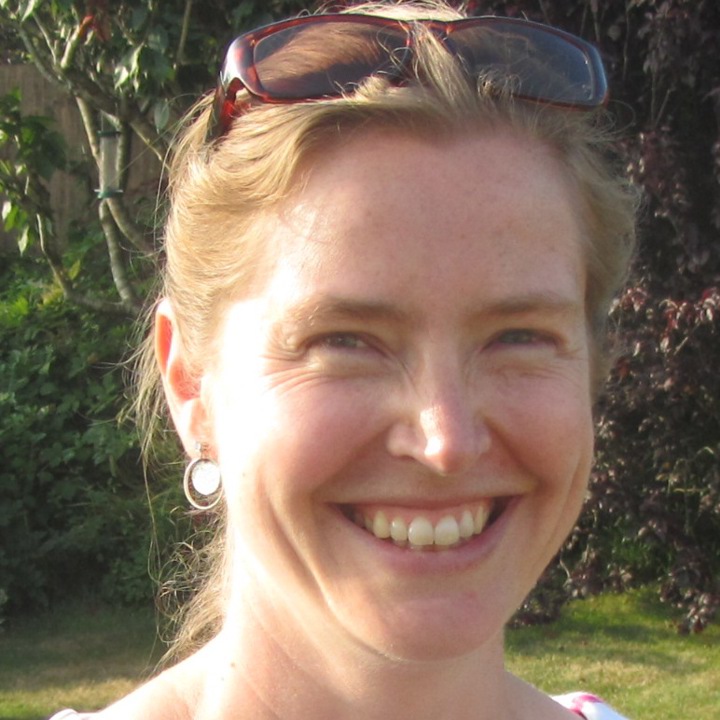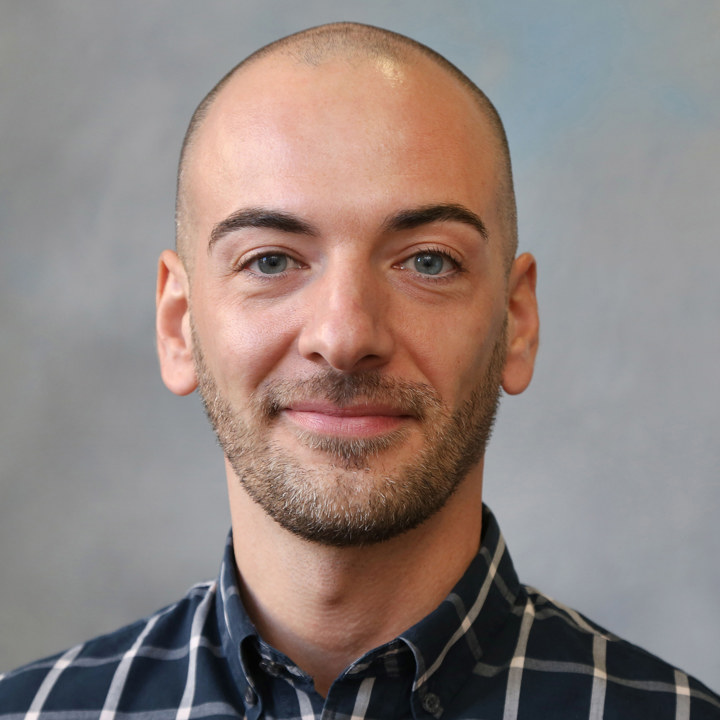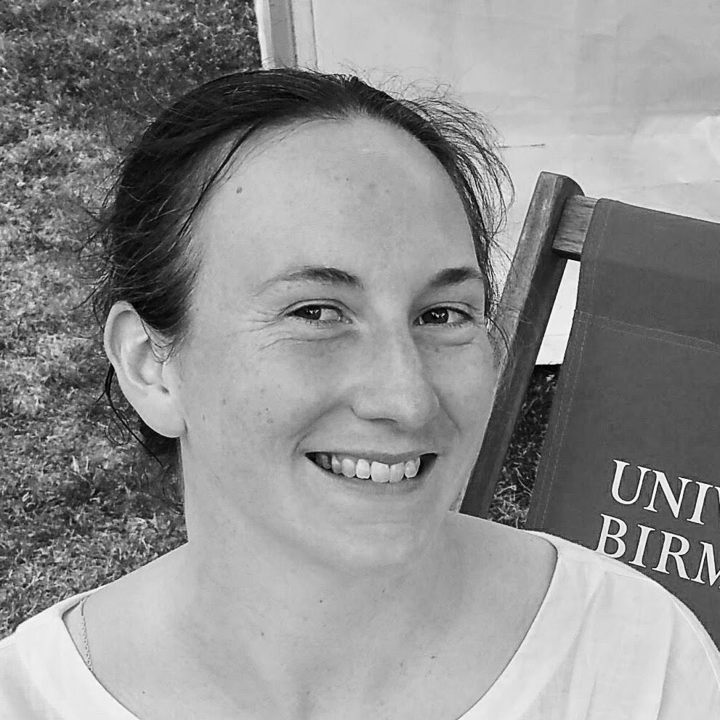
Research Area II - Molecular Structure and Function
Research Area II covers the broad areas of nucleic acids, proteins, membranes, lipids, lipoproteins, molecular modelling of mechanisms, enzymes, rational drug design, carbohydrates, molecular interactions.
Get involved!
Research Area II - Molecular Structure and Function
6 members

Vicky Higman
Vicky Higman

Vicky studied Chemistry at the University of Oxford where she received her MChem and was first introduced to protein NMR. She stayed on at Oxford to do her DPhil and some post-doctoral work in this area before moving to the Leibniz-Institut für Pharmakologie in Berlin where she switched from solution to solid-state NMR of proteins. After further stints at the Universities of Oxford and Bristol she moved to the University of Leicester in 2019 where she joined the Collaborative Computational Project for NMR (CCPN). She now is now involved in developing software for the biomolecular NMR community, supporting the work of academic and industrial scientists globally.
Keywords: Nuclear Magnetic Resonance, protein structure and dynamics, protein-protein and protein-ligand interactions

Filippo Prischi
Filippo received a BSc in Biological Sciences and an MSc in Molecular Biology from the University of Siena (Siena, Italy). He carried out a PhD in Biochemistry under the supervision of Professor Annalisa Pastore, as part of a joint project between the University of Siena (Siena, Italy) and the National Institute for Medical Research-MRC (London, UK). After a successful postdoc at Imperial College London (London, UK), he became a Lecturer in 2015 and a Senior Lecturer in Biochemistry in 2020 at the University of Essex. Filippo’s research focuses on the characterisation of protein complexes that are part of signalling pathways, in normal and cancer cells. His goal is to understand how the molecular machines that compose signalling pathways work together to transfer information.
Keywords: X-ray crystallography, NMR, protein interactions, characterization of signaling pathways, structure based drug design

Antony W. Oliver
Antony W. Oliver
Tony’s research focusses on the eukaryotic DNA damage response (DDR) as well as the large macromolecular Smc5/6 complex. He graduated from the University of Portsmouth with a BSc (Hons) in Molecular Biology, and a PhD in Biophysics under the direction of the late Prof Geoff Kneale. He then moved to the Institute of Cancer Research in London, as a post-doctoral training fellow working with Prof Laurence H. Pearl FRS. After relocation of the laboratory to the Genome Damage and Stability Centre, University of Sussex in 2010, he set up his own independent group, and is currently employed as a Faculty Senior Research Fellow (equivalency to Reader). He participates in initiatives to support mental health and well-being in the workplace, as well as Life Science students and colleagues identifying as LGBTQ+.
Keywords: Structural Biology, Biophysics, DNA Damage Repair (DDR)

Naomi Pollock
Naomi Pollock is a Lecturer in Biosciences at Aston University.
Naomi graduated with an MBiochem from the University of Oxford in 2007, followed by a DPhil in membrane protein biochemistry in 2011. She continued her research in this area with post-doctoral positions at the universities of Manchester, Warwick, Birmingham. As a newly-appointed lecturer her research focus will be on novel technologies for membrane protein purification, and integrating these with biochemical and biophysical characterisation methods.
Keywords: Membranes, proteins, biotechnology

Jeremy Russel Keown
Jeremy Russel Keown
Jeremy completed his undergraduate and PhD at the University of Canterbury, New Zealand. He then started a postdoctoral position at the University of Auckland examining human antiretroviral proteins. In his second postdoctoral position he moved to The Division of Structural Biology at the University of Oxford to investigate the function of the influenza virus polymerase. Jeremy remains in Oxford where, in addition to his research position, is a junior research fellow at St Cross College.
Keywords: Structural Biology, RNA viruses, Biochemistry, Protein-protein interactions
Michael Plevin
Michael Plevin





